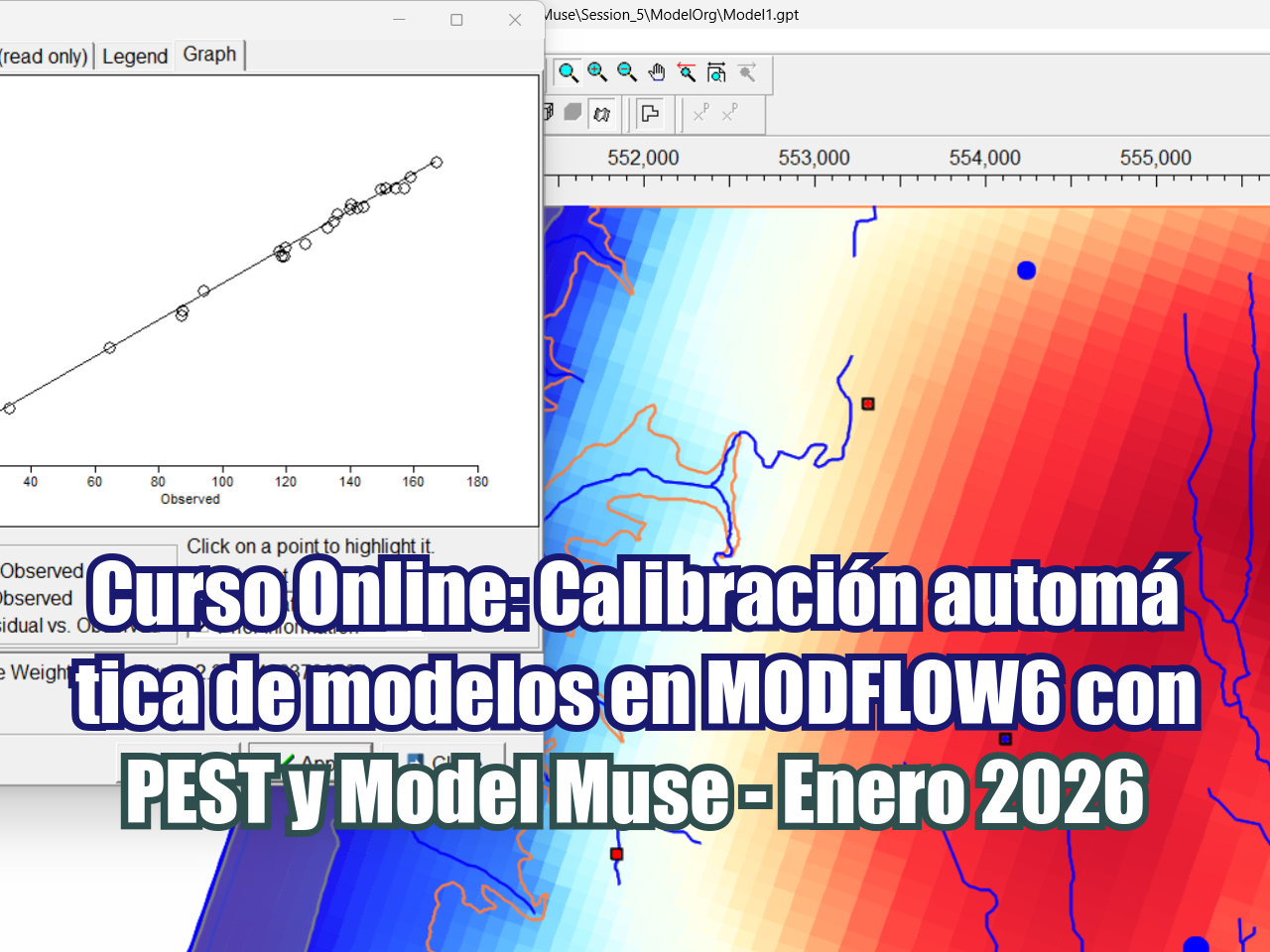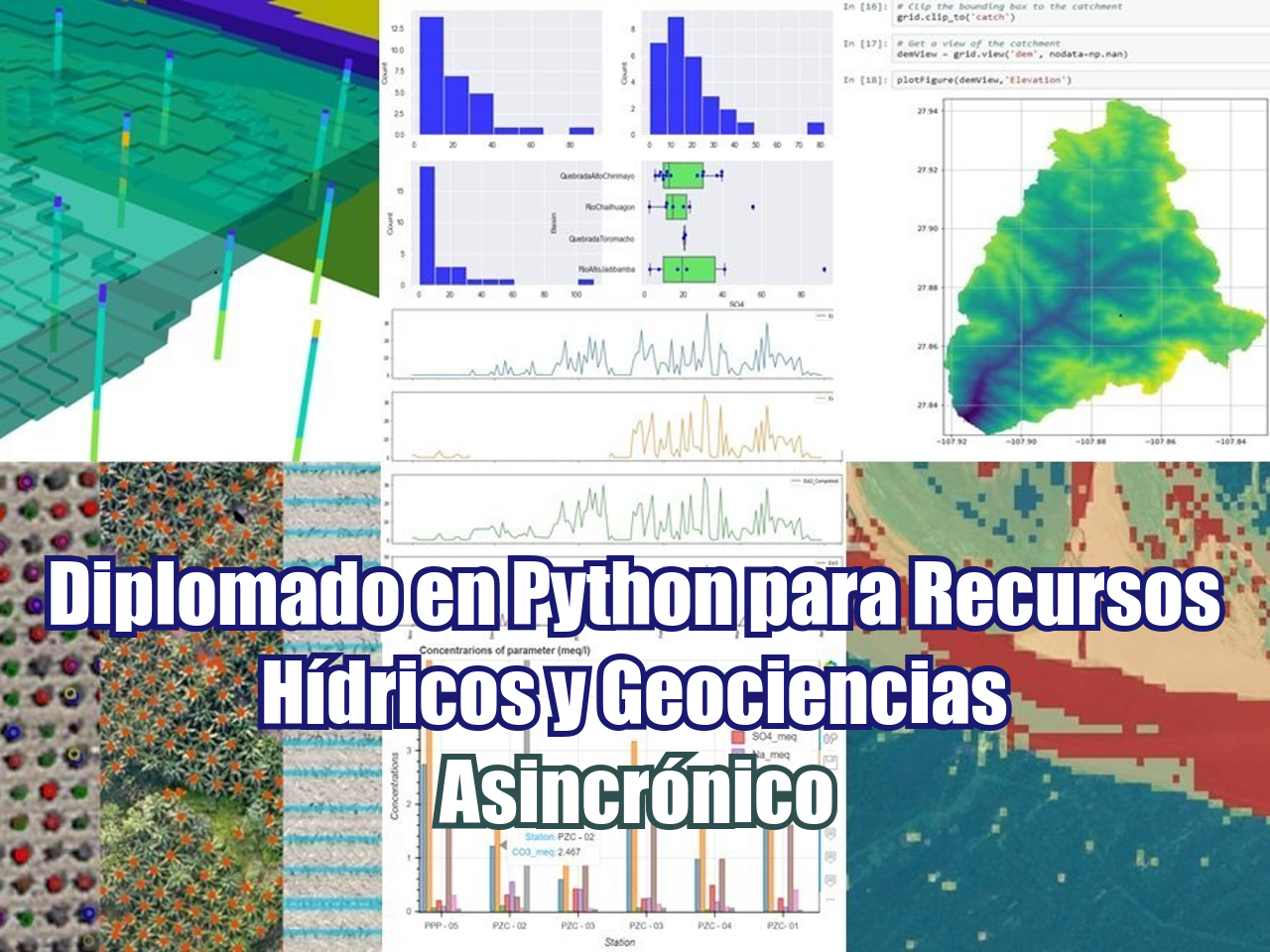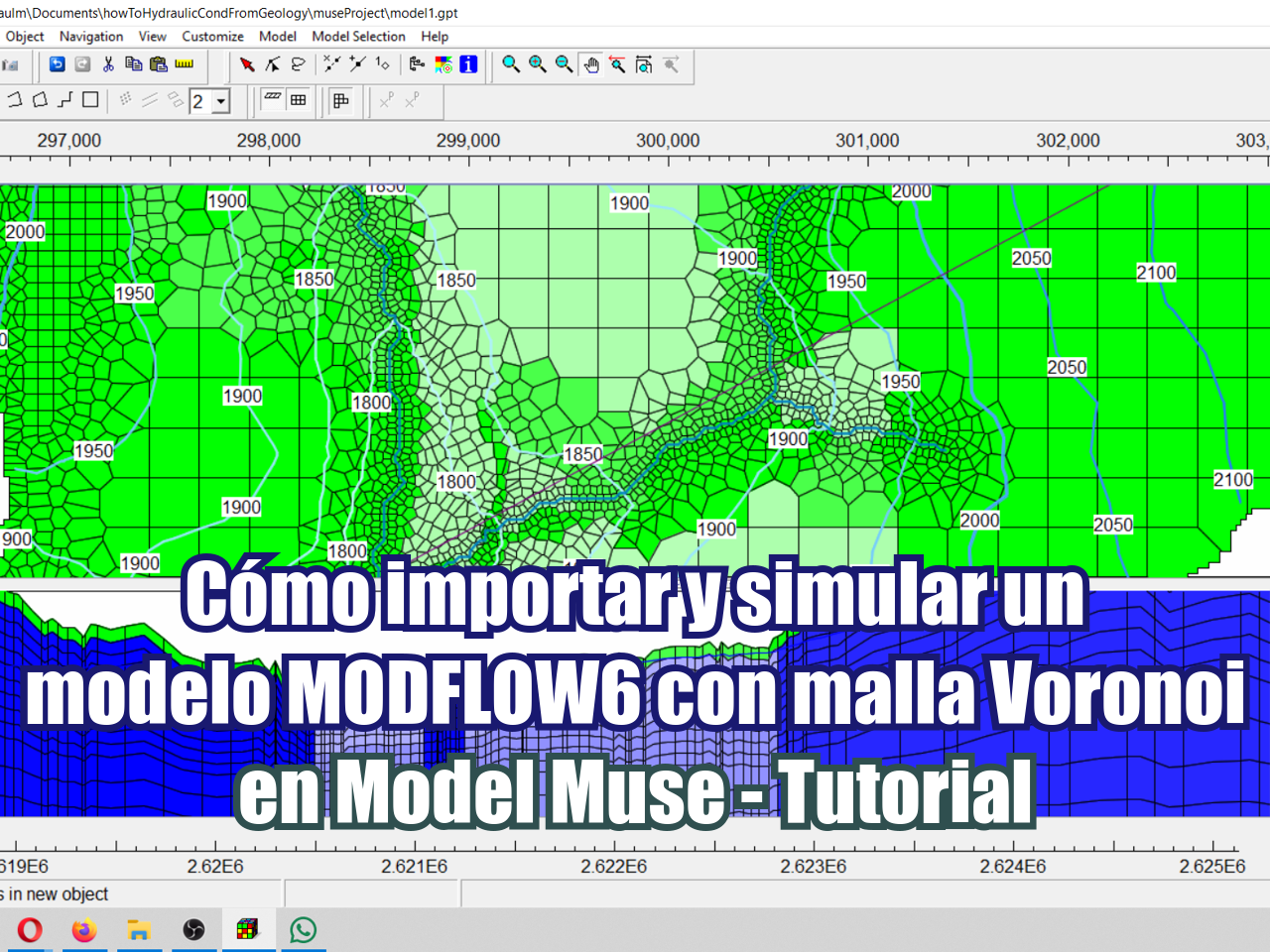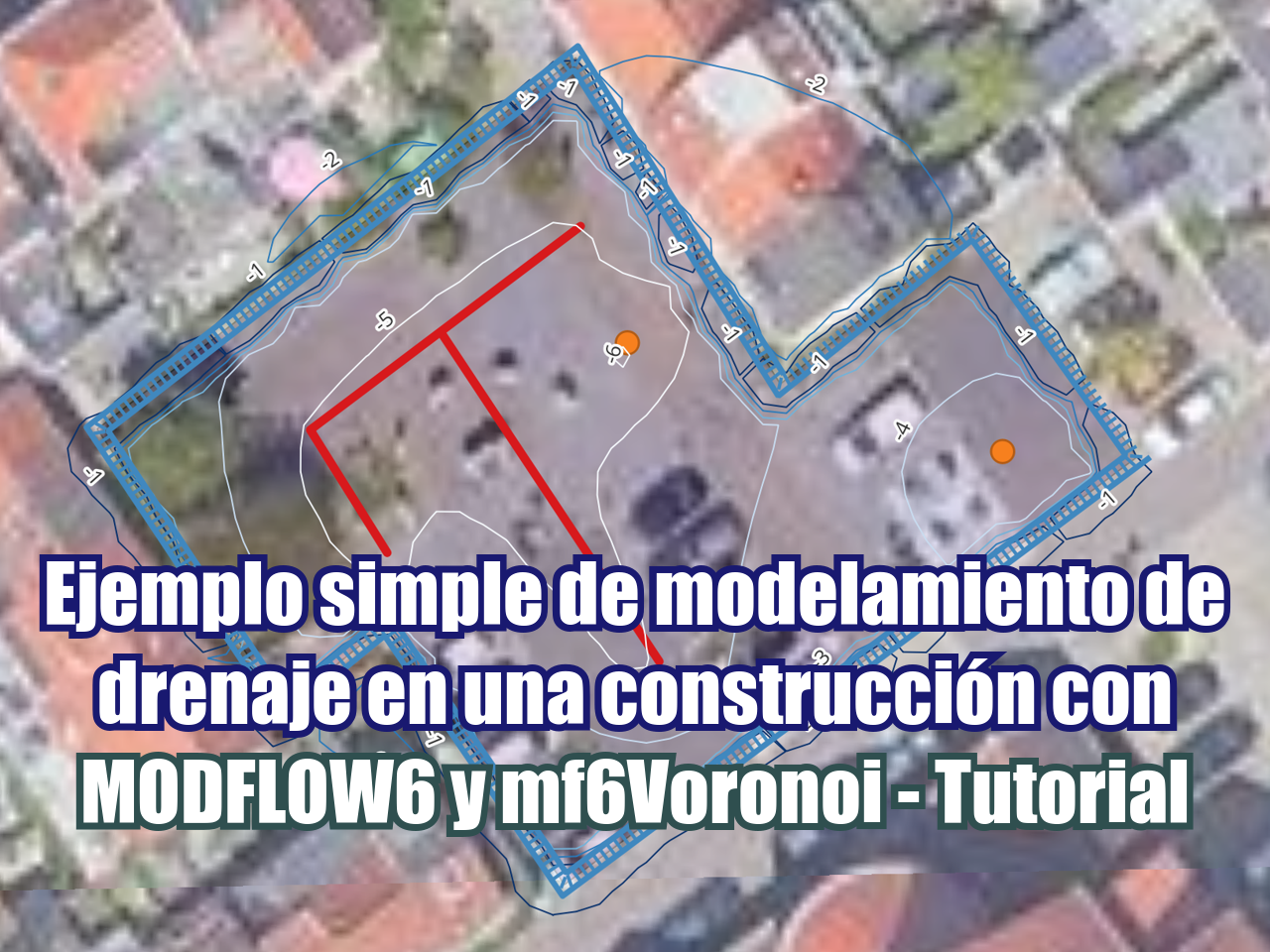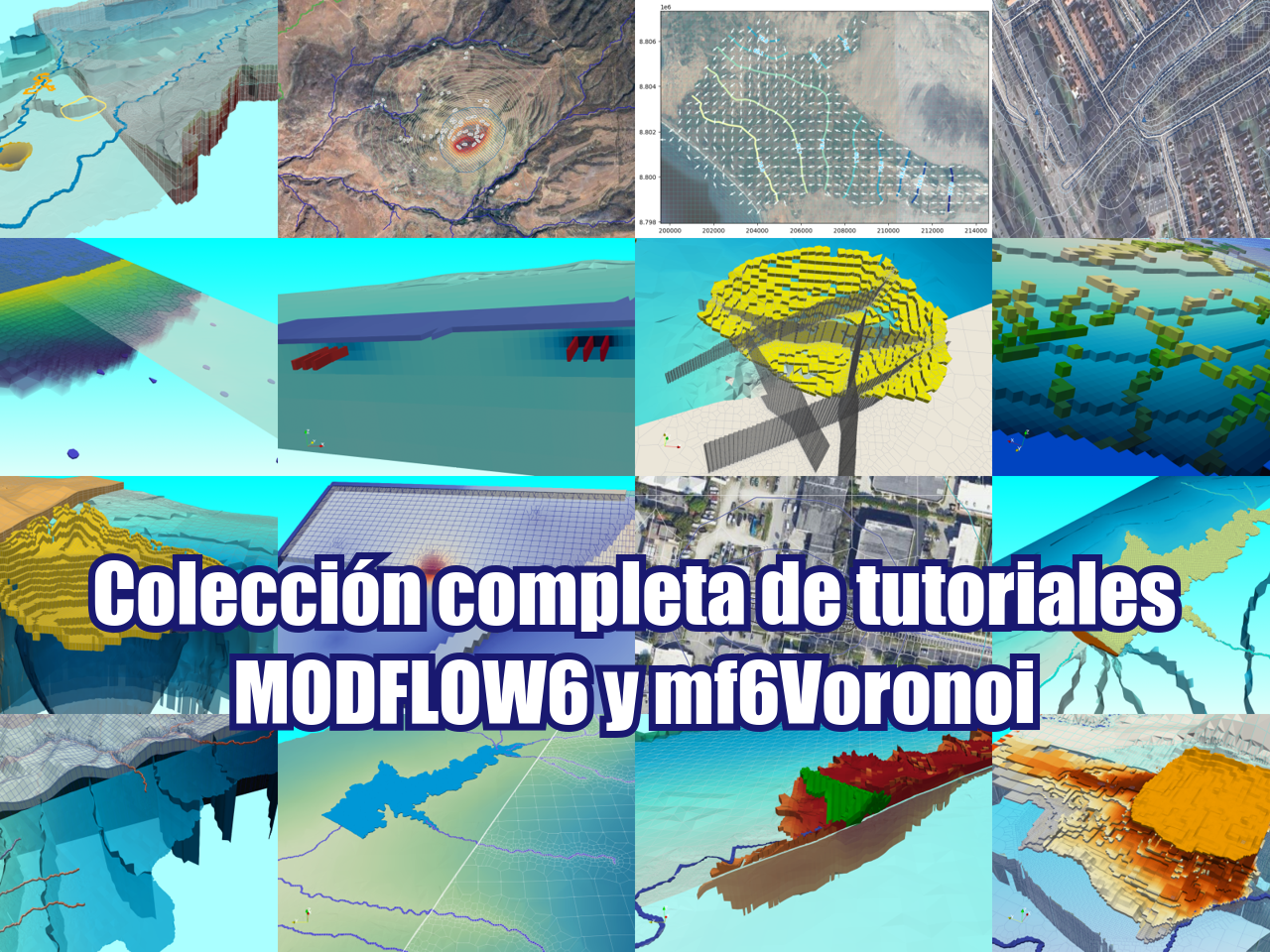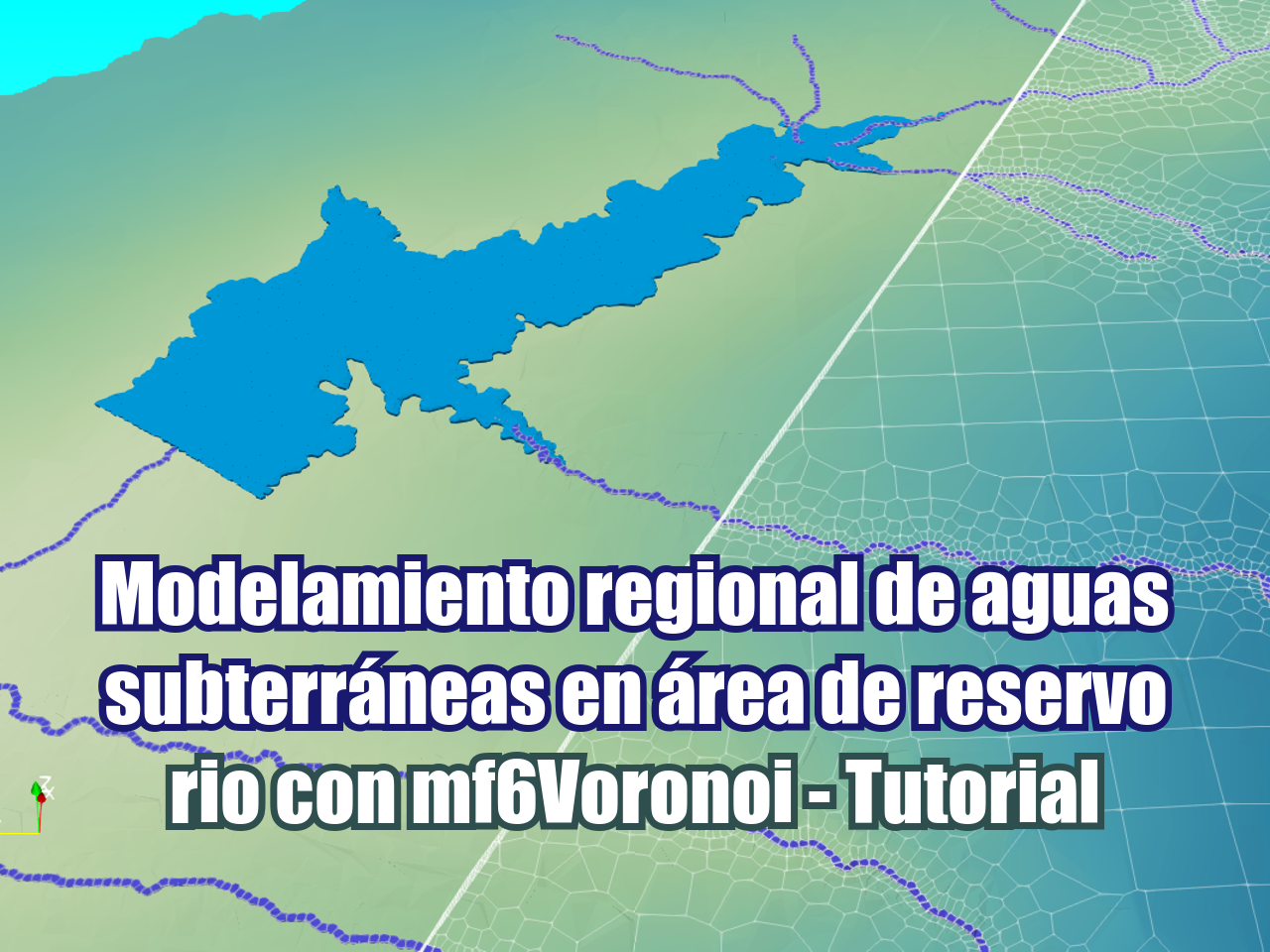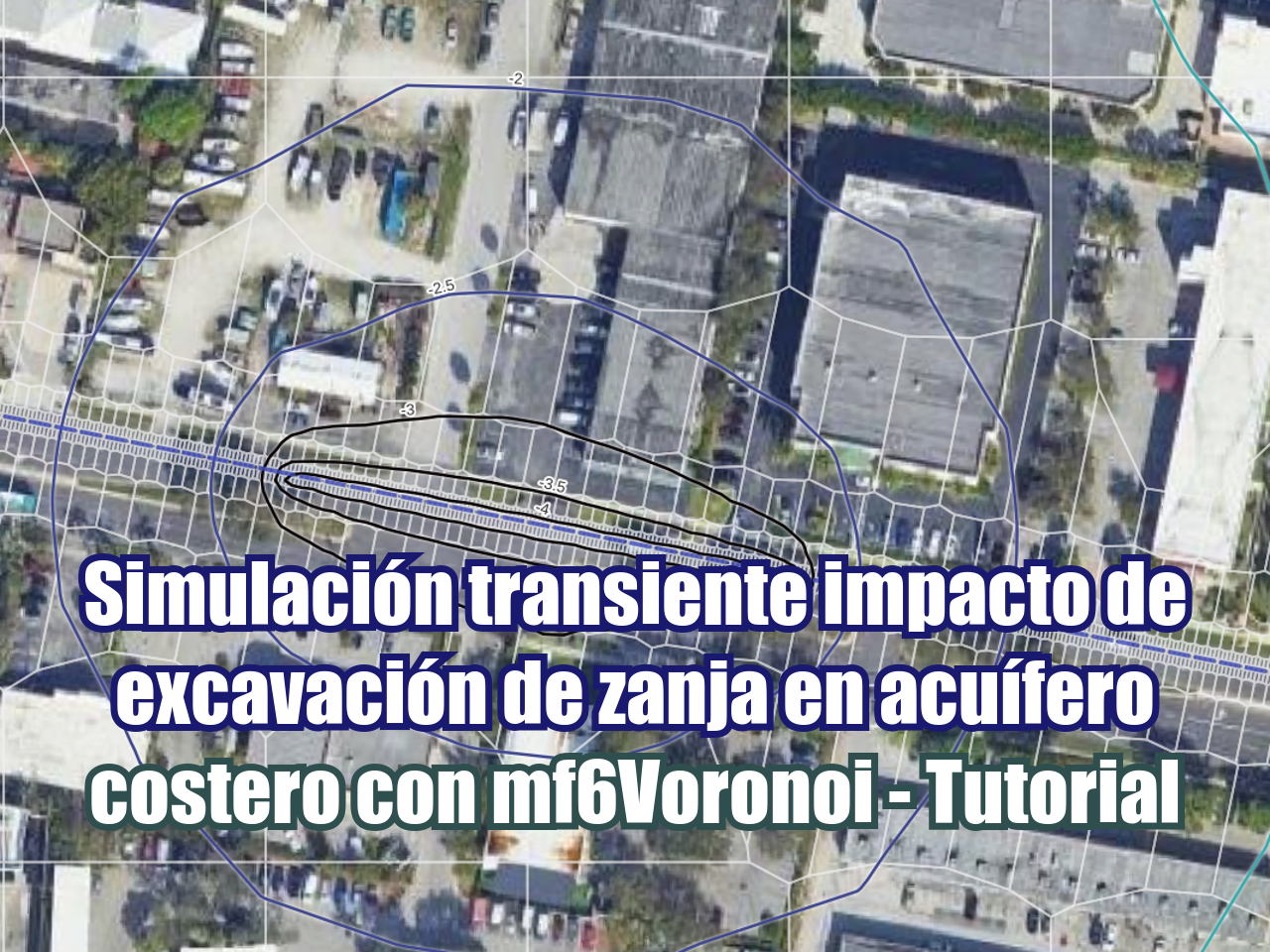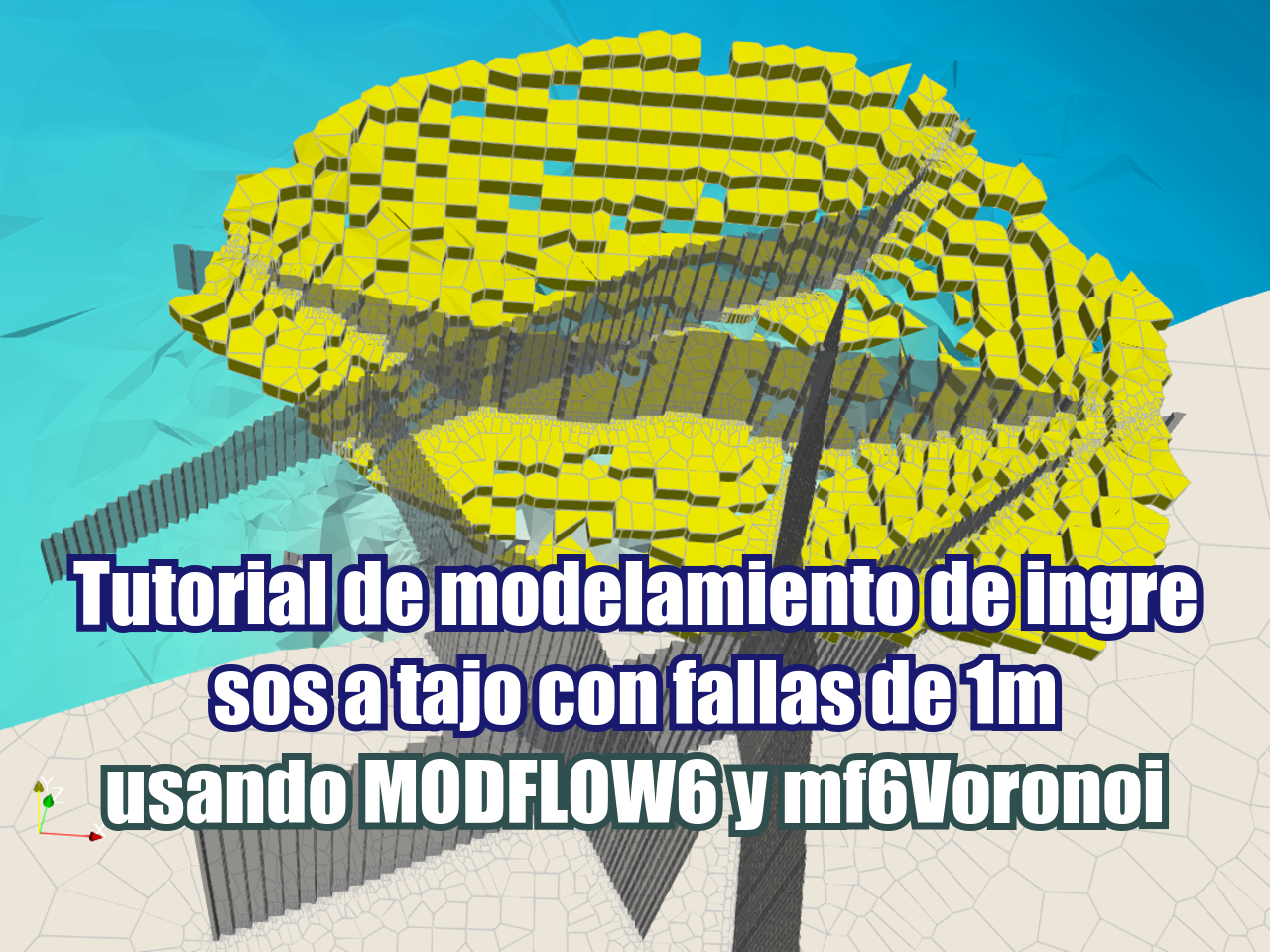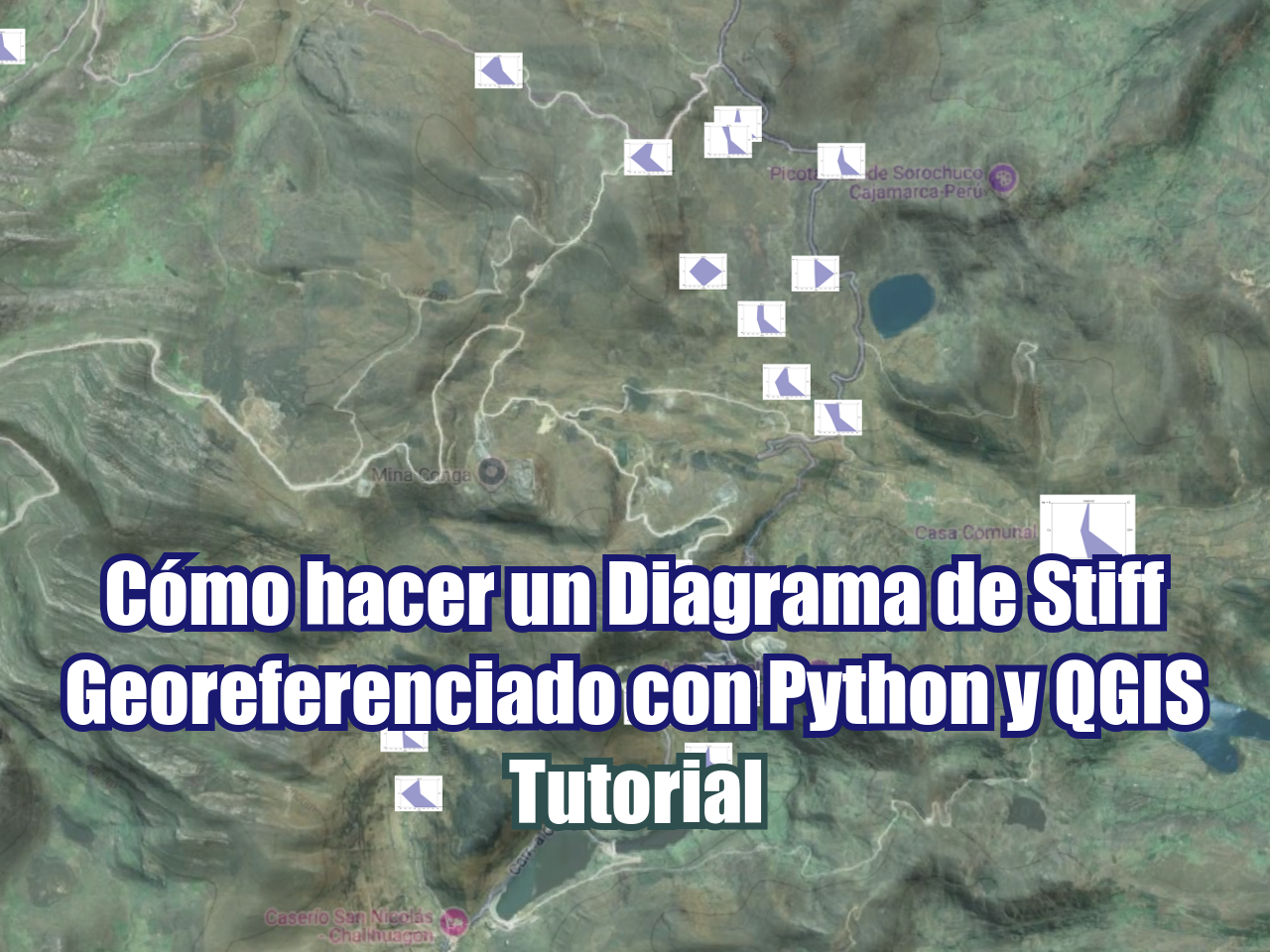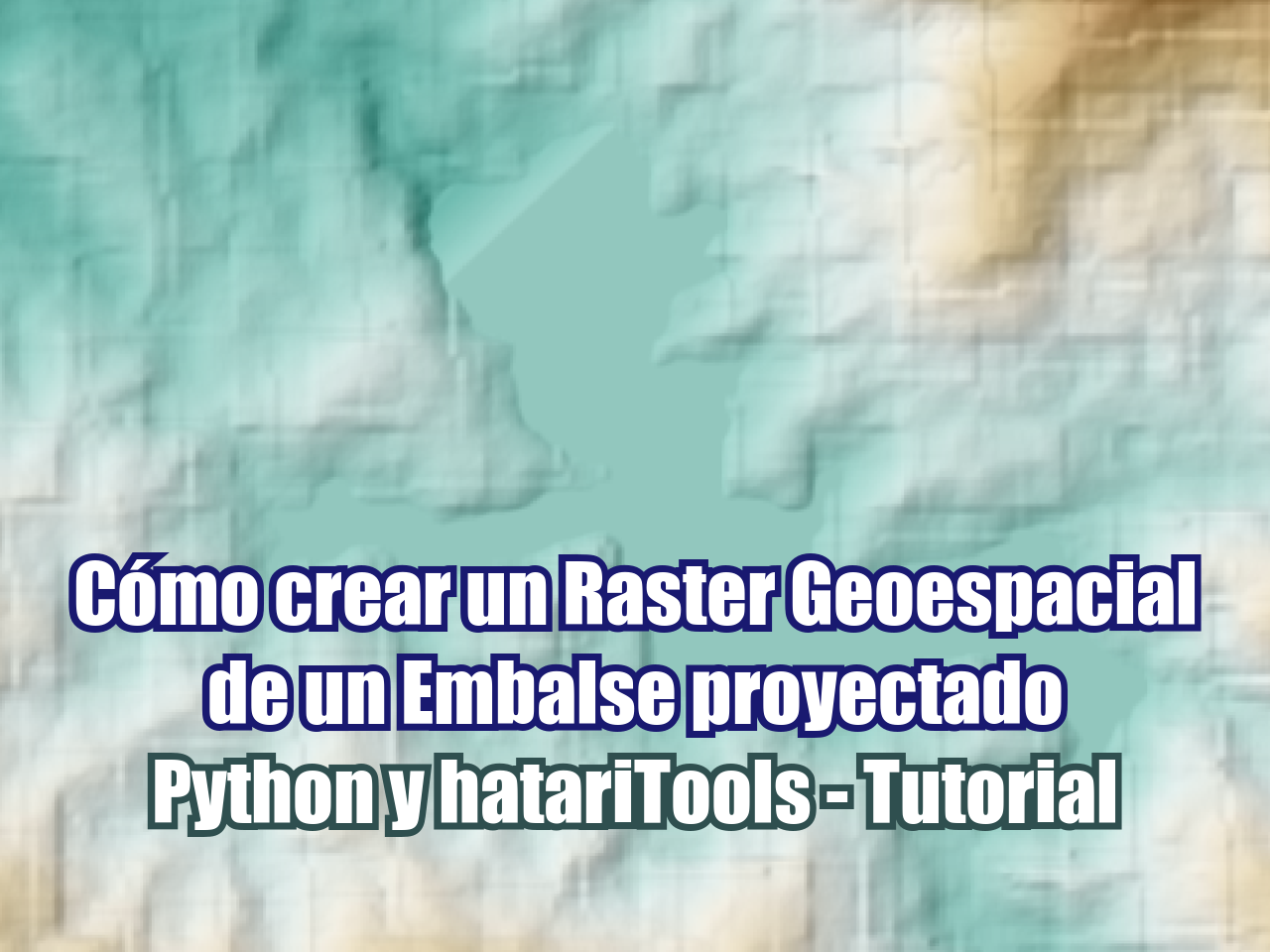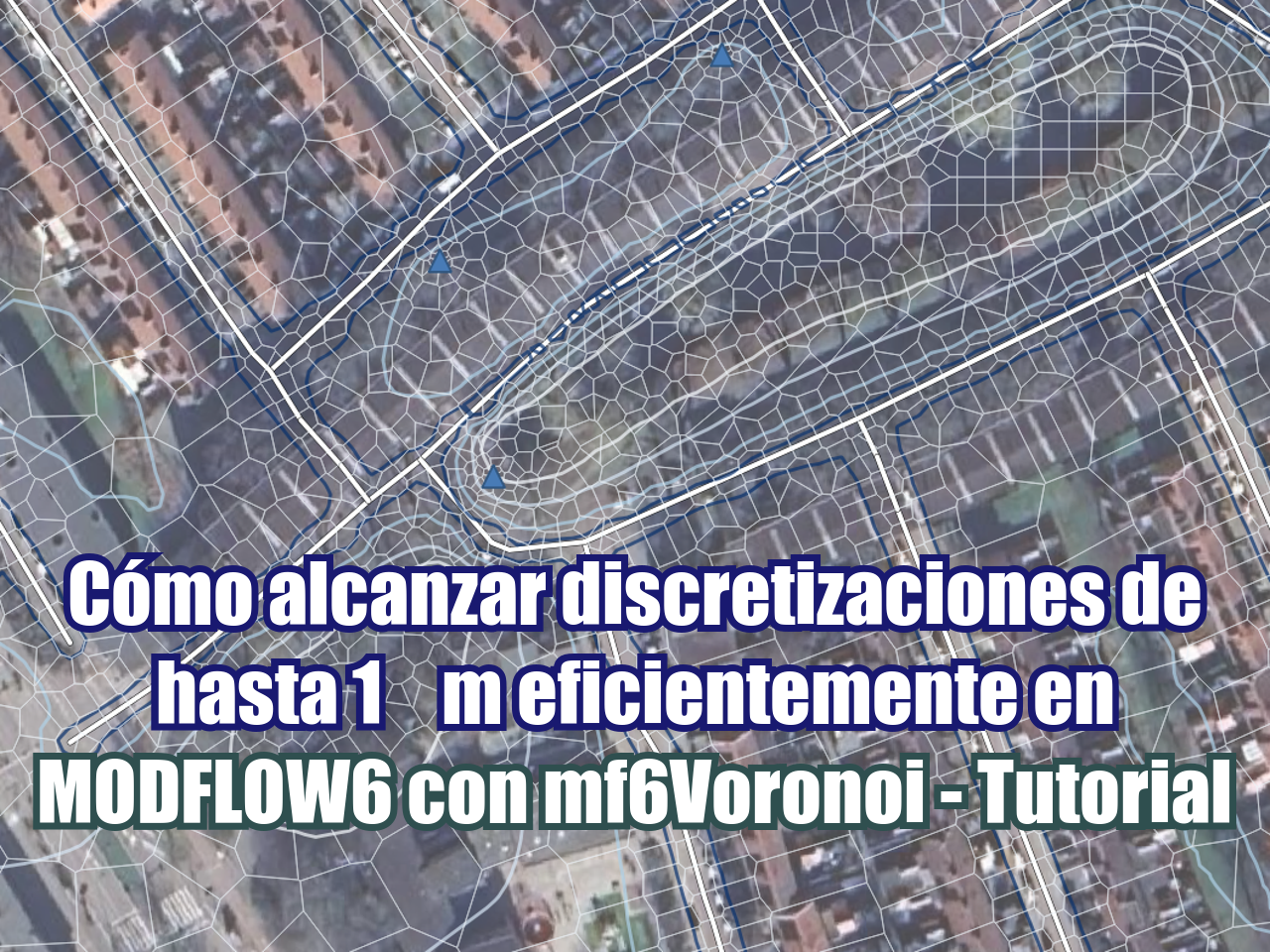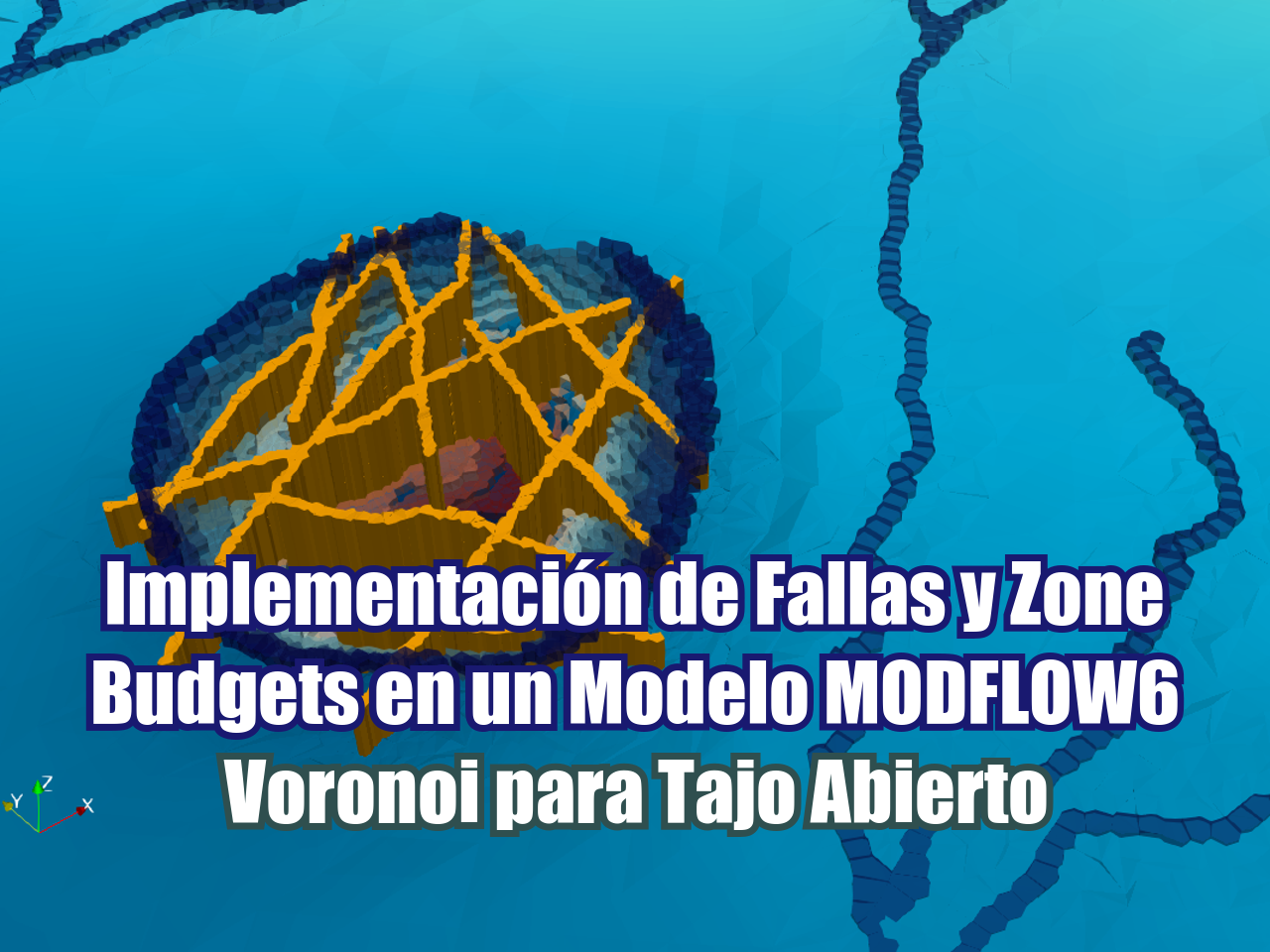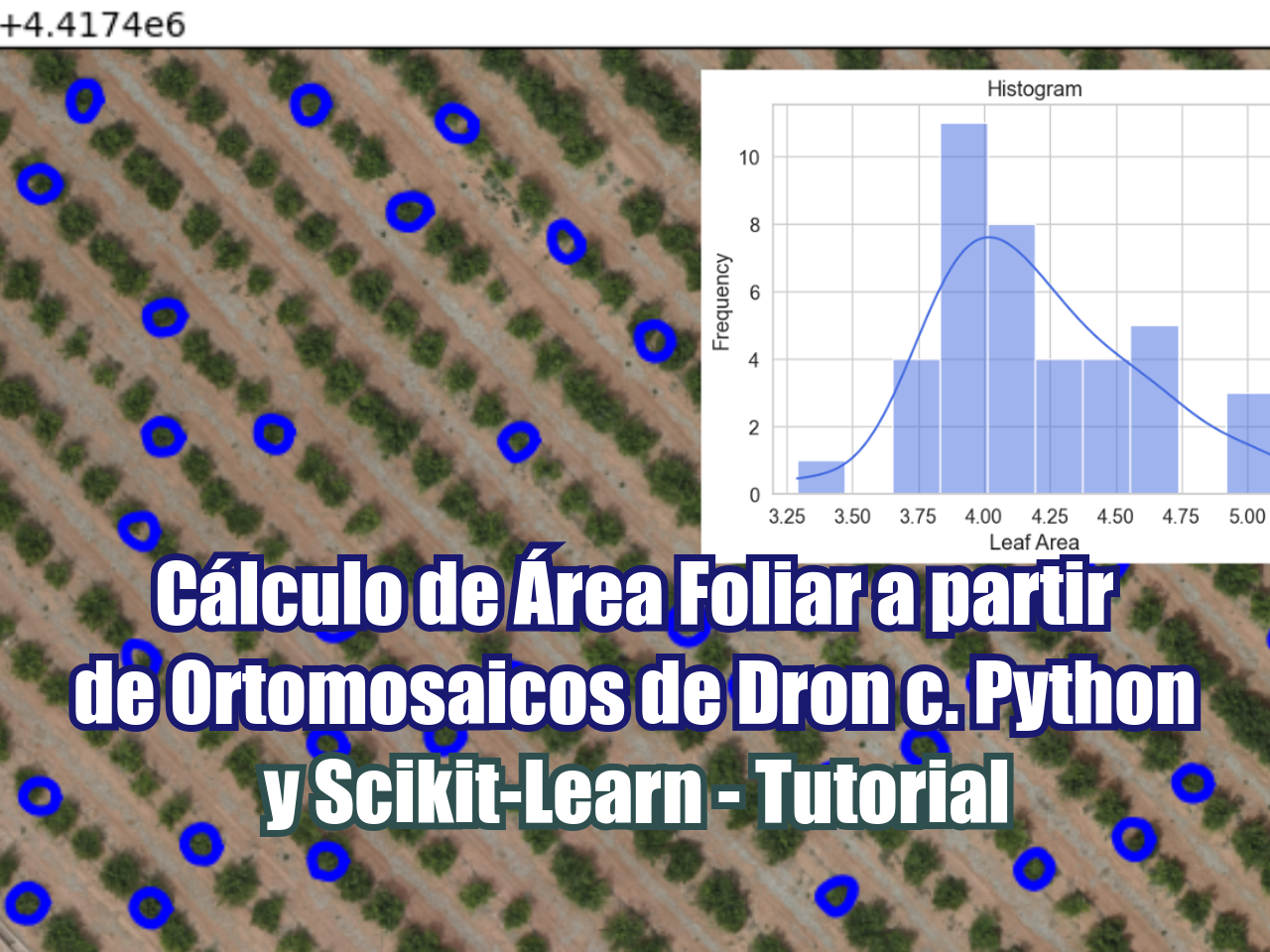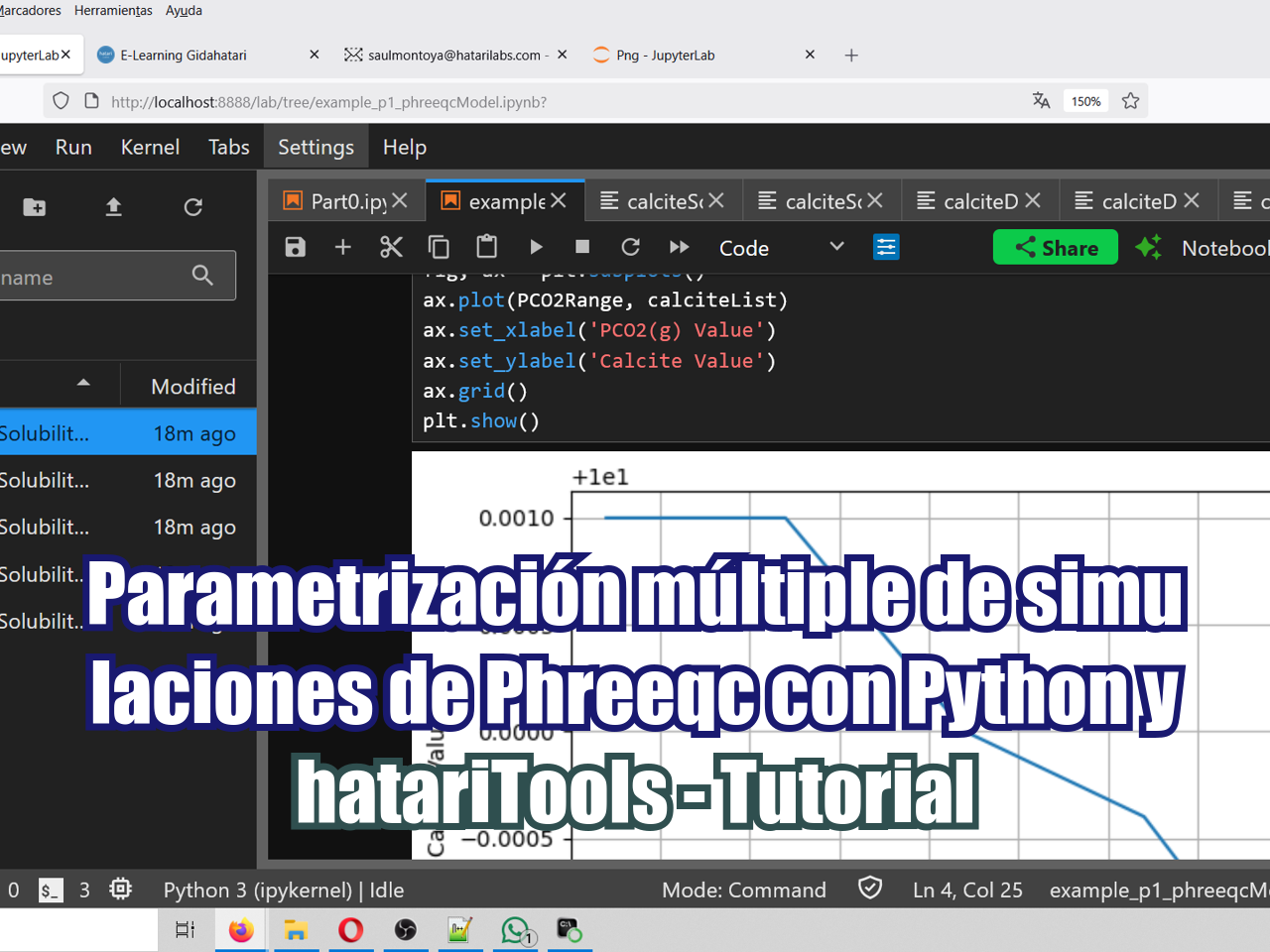La evaluación de procesos de precipitación, escorrentía, enrutamiento, así como la infiltración requieren de datos de precipitación, caudal, temperatura y radiación a escala diaria. Los datos requeridos por los modelos hidrológicos deben ser confiables y estar completos en el periodo de estudio. Muchas veces los datos de estaciones de precipitación, aforo, entre otros se presentan incompletos en varias partes siendo posible su completación mediante mediante el uso de algoritmos como Scikit-Learn en Python3.
Este tutorial tiene por objetivo mostrar el procedimiento de la ejecución de un script para completar datos de precipitación proveído de dos estaciones cercanas. El script se ejecutará en Python 3.9 en el entorno de Anaconda Prompt.
Tutorial
Código
#!pip install sklearn
import pandas as pd
import numpy as np
import matplotlib.pyplot as plt
from sklearn.preprocessing import StandardScaler
from sklearn.neural_network import MLPRegressorprecipStations = pd.read_csv('../Data/Est1_Est2_Est3.csv',index_col=0,parse_dates=True)
precipStations.head()| Est1 | Est2 | Est3 | |
|---|---|---|---|
| Fecha | |||
| 2014-07-25 | 0.0 | NaN | 0.0 |
| 2014-07-26 | 0.6 | NaN | 0.0 |
| 2014-07-27 | 0.0 | NaN | 0.0 |
| 2014-07-28 | 0.0 | NaN | 0.0 |
| 2014-07-29 | 0.2 | NaN | 0.2 |
fig, axs=plt.subplots(3,1,figsize=(12,8),sharex=True,sharey=True)
axs[0].plot(precipStations.index,precipStations['Est1'],label='Est1')
axs[0].legend()
axs[1].plot(precipStations.index,precipStations['Est2'],label='Est2')
axs[1].legend()
axs[2].plot(precipStations.index,precipStations['Est3'],label='Est3')
axs[2].legend()
plt.xticks(rotation='vertical')
plt.show()precipNotNan = precipStations.dropna()
precipNotNan| Est1 | Est2 | Est3 | |
|---|---|---|---|
| Fecha | |||
| 2014-08-23 | 0.0 | 0.0 | 0.0 |
| 2014-08-24 | 0.0 | 0.0 | 0.0 |
| 2014-08-25 | 0.0 | 0.0 | 0.0 |
| 2014-08-26 | 0.0 | 0.0 | 0.0 |
| 2014-08-27 | 0.0 | 0.0 | 0.0 |
| ... | ... | ... | ... |
| 2015-06-21 | 0.0 | 0.0 | 0.0 |
| 2015-06-22 | 0.0 | 0.0 | 0.0 |
| 2015-06-23 | 0.0 | 0.0 | 0.0 |
| 2015-06-24 | 0.0 | 0.0 | 0.0 |
| 2015-06-25 | 3.8 | 2.2 | 0.0 |
229 rows × 3 columns
xTrain = precipNotNan[['Est1','Est3']]
yTrain = precipNotNan[['Est2']].values.flatten()print(xTrain[:10])
print(yTrain[:10])Est1 Est3
Fecha
2014-08-23 0.0 0.0
2014-08-24 0.0 0.0
2014-08-25 0.0 0.0
2014-08-26 0.0 0.0
2014-08-27 0.0 0.0
2014-08-28 0.0 0.0
2014-08-29 0.0 0.0
2014-08-30 0.0 0.0
2014-08-31 0.0 0.0
2014-09-01 2.8 3.4
[0. 0. 0. 0. 0. 0. 0. 0. 0. 3.4]scaler = StandardScaler().fit(xTrain.values)xTrainScaled = scaler.transform(xTrain.values)print(xTrainScaled[:10])[[-0.53894584 -0.50809201]
[-0.53894584 -0.50809201]
[-0.53894584 -0.50809201]
[-0.53894584 -0.50809201]
[-0.53894584 -0.50809201]
[-0.53894584 -0.50809201]
[-0.53894584 -0.50809201]
[-0.53894584 -0.50809201]
[-0.53894584 -0.50809201]
[-0.04157671 0.123051 ]]#check scaler
print(xTrainScaled.mean(axis=0))
print(xTrainScaled.std(axis=0))[ 1.00841218e-16 -4.65421006e-17]
[1. 1.]#regressor
regr = MLPRegressor(random_state=1, max_iter=5000).fit(xTrainScaled, yTrain)#test
xTest = precipStations[['Est1','Est3']].dropna()
xTestScaled = scaler.transform(xTest.values)print(xTest.describe())
print(xTestScaled[:10])Est1 Est3
count 431.000000 431.000000
mean 2.376798 2.364269
std 4.948763 4.888289
min 0.000000 0.000000
25% 0.000000 0.000000
50% 0.000000 0.000000
75% 2.200000 2.400000
max 36.000000 43.800000
[[-0.53894584 -0.50809201]
[-0.43236674 -0.50809201]
[-0.53894584 -0.50809201]
[-0.53894584 -0.50809201]
[-0.50341948 -0.47096595]
[-0.50341948 -0.43383989]
[ 0.98868793 0.97695037]
[-0.53894584 -0.50809201]
[-0.53894584 -0.50809201]
[-0.53894584 -0.50809201]]#regression
yPredict = regr.predict(xTestScaled)
print(yPredict[:10])[0.05938569 0.15278002 0.05938569 0.05938569 0.17877184 0.26853265
8.31785189 0.05938569 0.05938569 0.05938569]#comparison of station 2
fig, ax=plt.subplots(figsize=(12,8),sharex=True,sharey=True)
ax.plot(precipStations.index,precipStations['Est2'],label='Est2')
ax.plot(xTest.index,yPredict,label='Est2Predict')
plt.legend()
plt.xticks(rotation='vertical')
plt.show()#insert predicted values
precipStations.head()| Est1 | Est2 | Est3 | |
|---|---|---|---|
| Fecha | |||
| 2014-07-25 | 0.0 | NaN | 0.0 |
| 2014-07-26 | 0.6 | NaN | 0.0 |
| 2014-07-27 | 0.0 | NaN | 0.0 |
| 2014-07-28 | 0.0 | NaN | 0.0 |
| 2014-07-29 | 0.2 | NaN | 0.2 |
#create new column
precipStations['Est2Completed'] = 0#fill the new column with original and predicted values for Est2
for index, row in precipStations.iterrows():
if np.isnan(row['Est2']) and ~np.isnan(row['Est1']) and ~np.isnan(row['Est3']):
rowScaled = scaler.transform([[row['Est1'],row['Est3']]])
precipStations.loc[index,['Est2Completed']] = regr.predict(rowScaled)
elif ~np.isnan(row['Est2']):
precipStations.loc[index,['Est2Completed']] = row['Est2']
else:
row['Est2Completed'] = np.nan#show original and filled values
fig, axs=plt.subplots(4,1,figsize=(12,8),sharex=True,sharey=True)
axs[0].plot(precipStations.index,precipStations['Est1'],label='Est1')
axs[0].legend()
axs[1].plot(precipStations.index,precipStations['Est2'],label='Est2',color='orangered')
axs[1].legend()
axs[2].plot(precipStations.index,precipStations['Est2Completed'],label='Est2Completed',color='darkorange')
axs[2].legend()
axs[3].plot(precipStations.index,precipStations['Est3'],label='Est3')
axs[3].legend()
plt.xticks(rotation='vertical')
plt.show()Datos de entrada
Puede descargar los datos de entrada desde este enlace.





